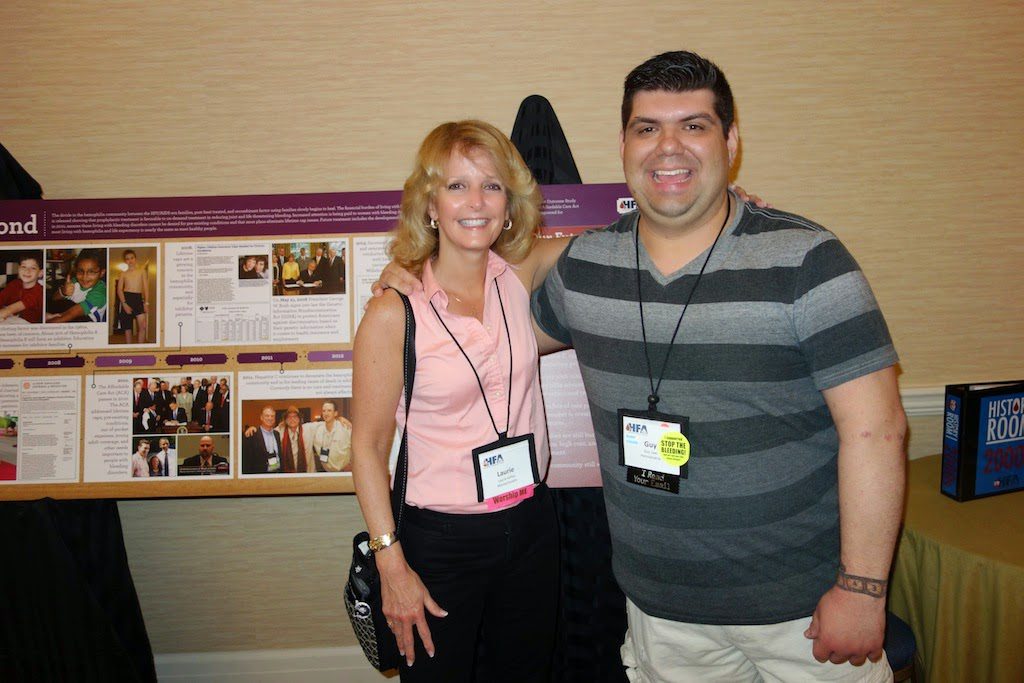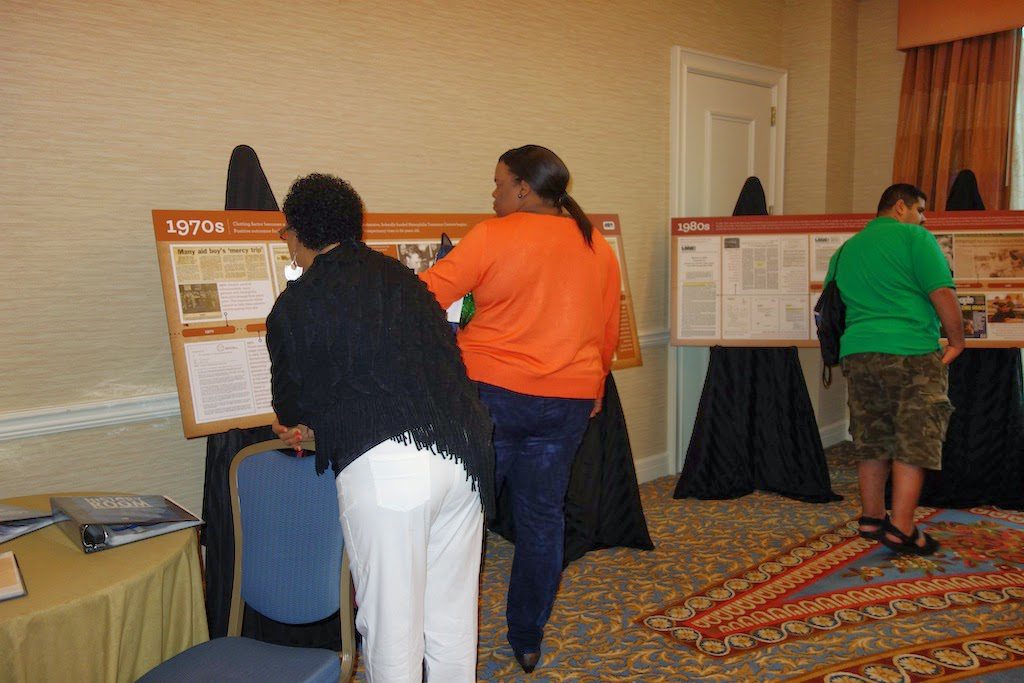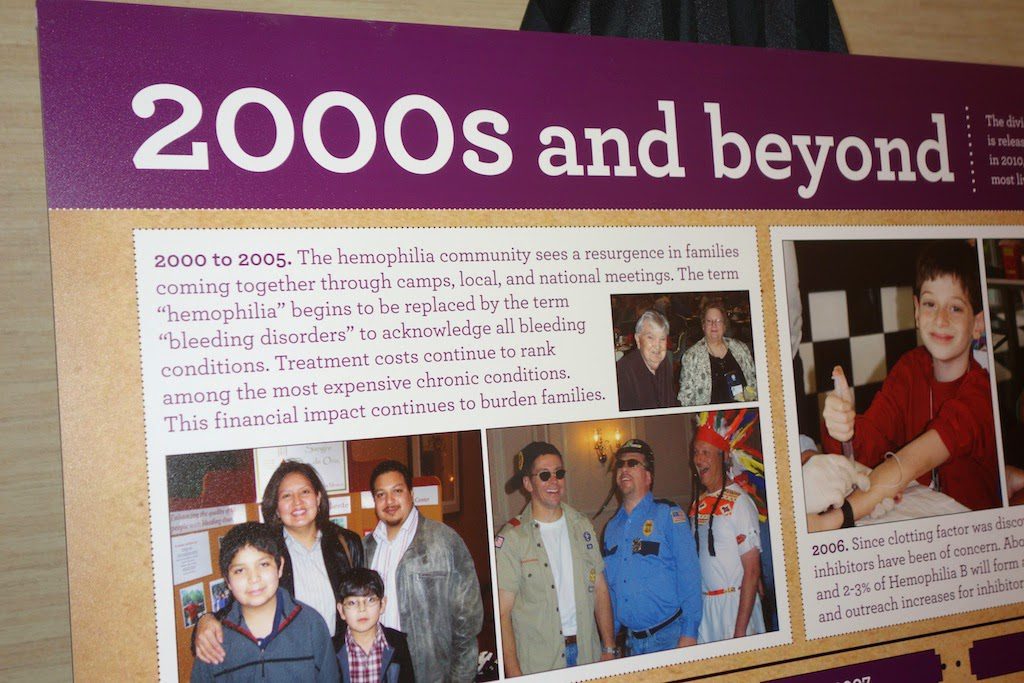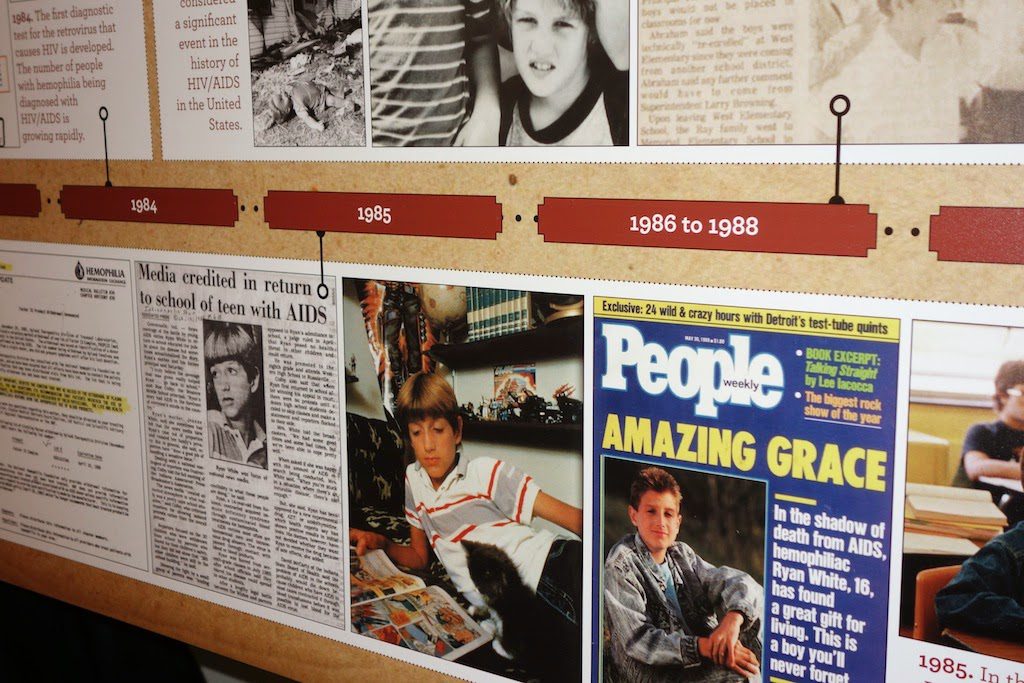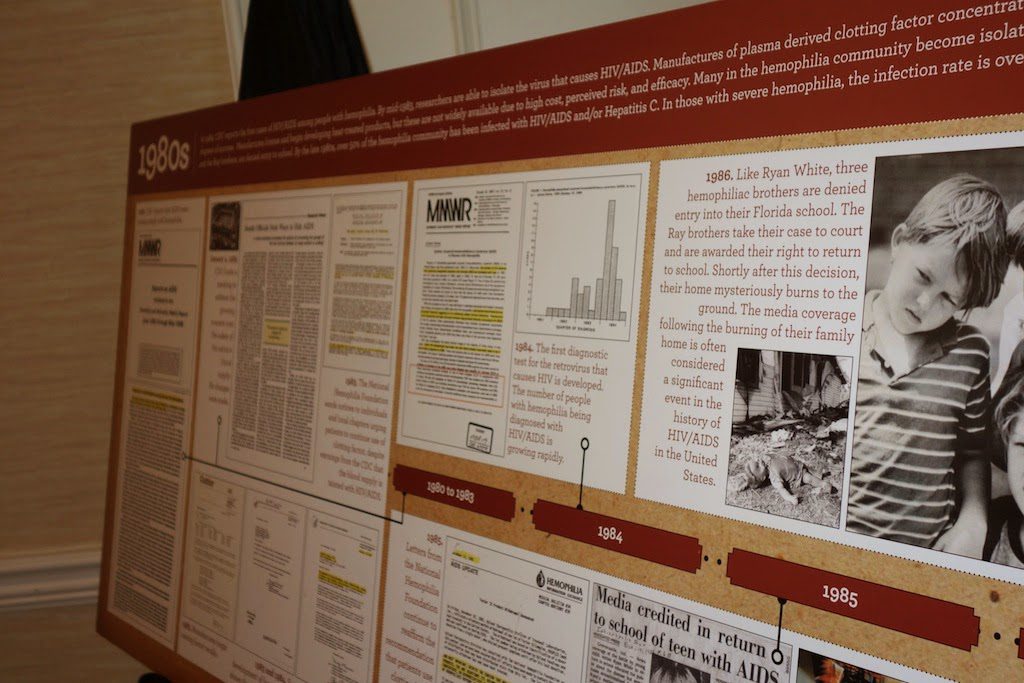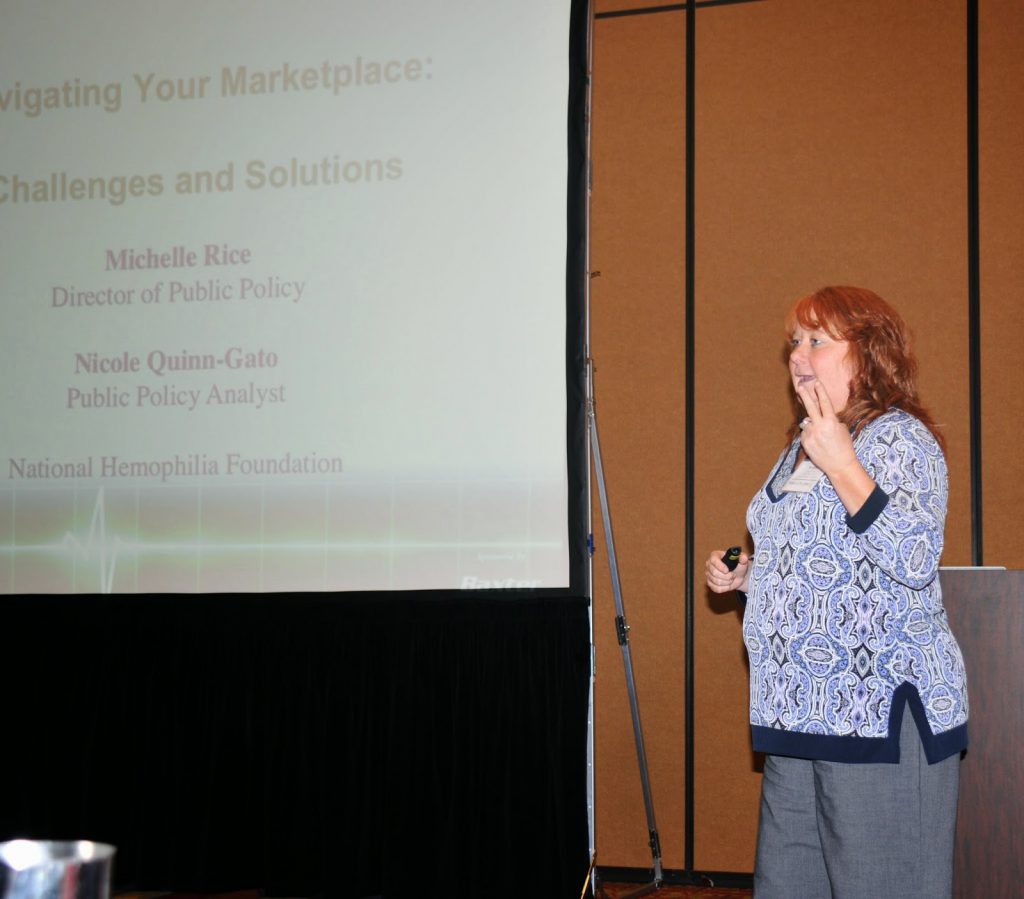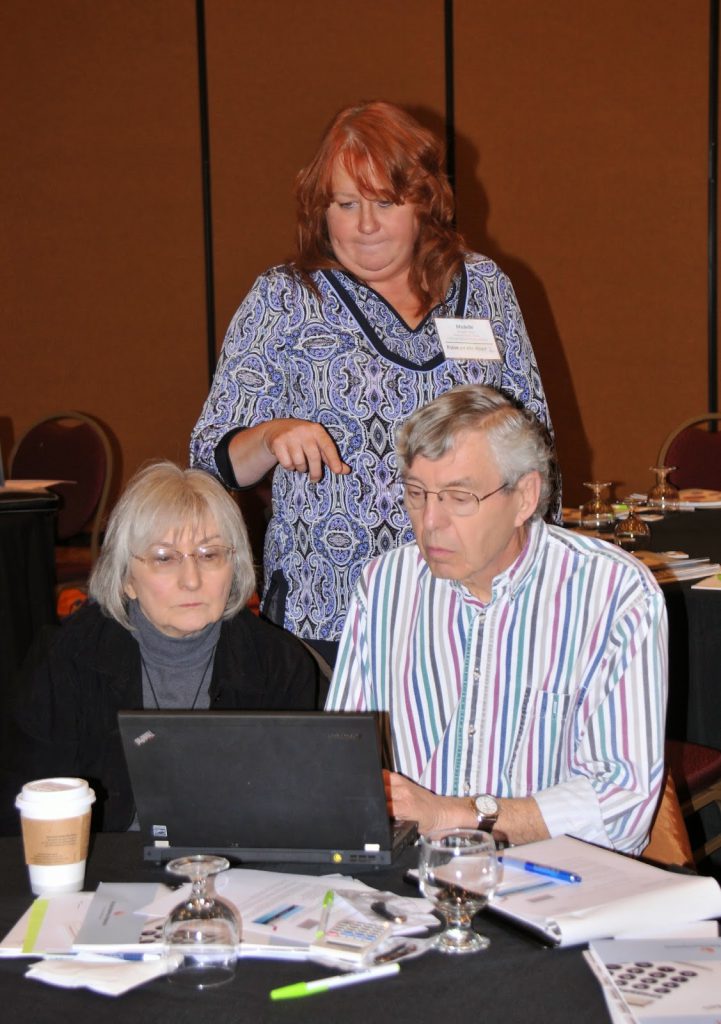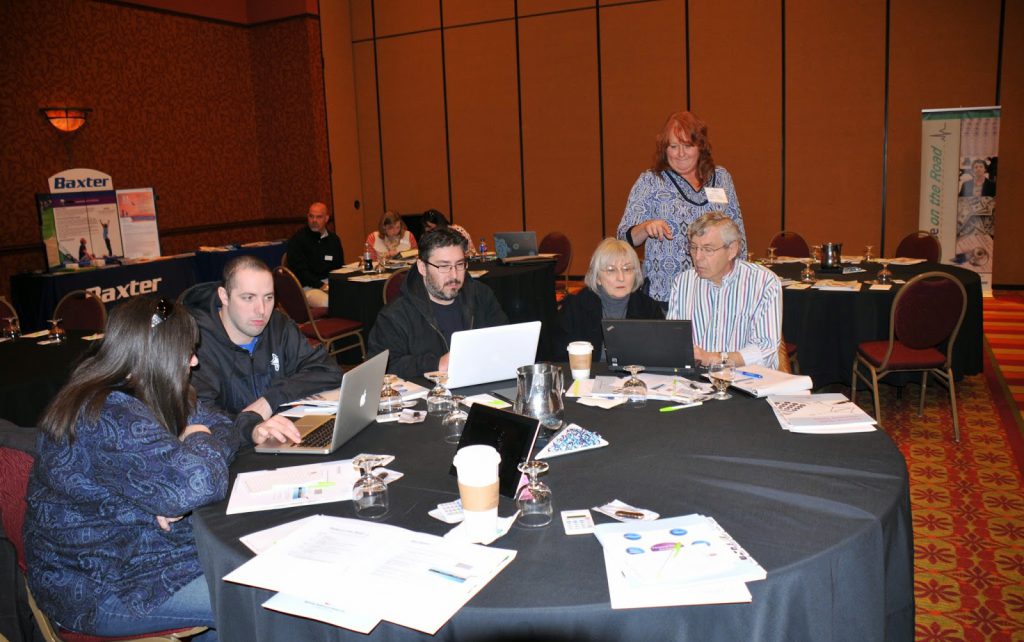Drugs Provide Cure for Hepatitis C
Drugs provide cure for hepatitis C, trials show Medications are hailed as a ‘triumph,’ but are pricey
BY MELISSA HEALY of the LA Times
Twenty-five years after scientists first identified the hepatitis C virus, doctors are declaring victory over an infection that afflicts more than 3 million Americans and kills more of them than HIV.
In a series of clinical trial results, a new generation of antiviral medications was able to clear the liver-ravaging virus from virtually all patients’ bloodstreams in as little as eight weeks. Even in patients with the most stubborn infections, the new drugs were capable of suppressing the virus completely at rates well over 90%.
The treatments, however, come with a steep price tag. The “sustained virologic responses” reported in the trials typically mean an infection has been permanently cleared. Only further research will establish that these cures will endure, averting an estimated 15,000 deaths a year from liver disease in the U.S. Worldwide, as many as 3% of people have the infection known as HCV.
The new medications are “a triumph of modern medical technology,” said Dr. Jeffrey Tice, a UC San Francisco physician who was not involved in any of the clinical trials. Results were published this week in the New England Journal of Medicine.
In the treatment of chronic hepatitis C, achieving such success in so short a time, with relatively mild side effects and with a single pill daily, is without precedent. Until recently, physicians relied on two wide-spectrum antiviral medications — interferon and ribavirin — that required precise dosing over periods as long as 48 weeks. Fewer than half of HCV patients are even eligible for the treatment, which comes with punishing side effects. And the regimen’s difficulties cause many to abandon it.
In the same way that antibiotics made victory over human bacterial infections possible in the 20th century, the new antiviral medications have “revolutionized” the treatment of hepatitis C, wrote Harvard Medical School liver specialists Drs. Raymond T. Chung and Thomas F. Baumert, who were not involved in the trials. The drugs — some already approved by the Food and Drug Administration, others now under consideration by the agency — offer “genuine prospects for the first comprehensive cure of a chronic viral infection in humans,” they wrote.
Among the nation’s baby boomers, the new medications are likely to avert hundreds of thousands of cases of liver cancer and dramatically reduce the number of liver transplants. Americans between the ages of 50 and 68 account for roughly 75% of HCV infections in the United States. While many contracted the virus through illicit drug use, an untold number of boomers are thought to have been infected by tainted blood transfusions before a test for the virus became available in 1992. Even as health experts welcomed the trial results, they cautioned that widespread use of the new drugs would come at a steep price. A 12-week regimen of sofosbuvir — just one of the medications in a proposed hepatitis C cocktail — costs $84,000, or about $1,000 per tablet. Treatment with simeprevir, another medication in the same class, can exceed $66,000.
At such prices, U.S. patients will have only limited access to the breakthrough drugs for some time to come, Tice said. The cost of treating even half of the Americans chronically infected with HCV would exceed the amount currently spent on all radiological imaging, said Tice, who helped assess the cost and accessibility of the new medications for the California Technology Assessment Forum. Insurers will probably limit their use to patients with advanced fibrosis or cirrhosis of the liver, a group that represents about one-third of those infected in the U.S. Those patients are at the greatest risk of developing liver cancer or liver disease severe enough to require a liver transplant, conditions that are costly and time-consuming to treat.
In a welter of trial results announced at the International Liver Congress 2014 meeting in London, medications with the chemical names ABT-450/ritonavir, ombitasvir, dasabuvir, ledipasvir and sofosbuvir were successful in bringing about sustained clearance of the hepatitis C virus in the wide range of subjects who took them. In one of the trials, a combination of ledipasvir and sofosbuvir cleared the virus in 99% of patients after 12 weeks. When the drugs were given to patients with cirrhosis for whom previous treatments had failed, 24 weeks of therapy resulted in a virtually100% success rate. The trials also demonstrated that among patients infected with the stubborn Type 1 hepatitis C genotype, success rates were above 95%. The new medications assessed in the latest trials were developed by Gilead Sciences Inc. of Foster City, Calif., and AbbVie of Chicago. The two drug companies funded the trials.
melissa.healy@latimes.com Twitter: @LATMelissaHealy
http://www.latimes.com/science/la-sci-hepatitis-c-cure-20140412,0,3083638.story#axzz2yoZmGey8






